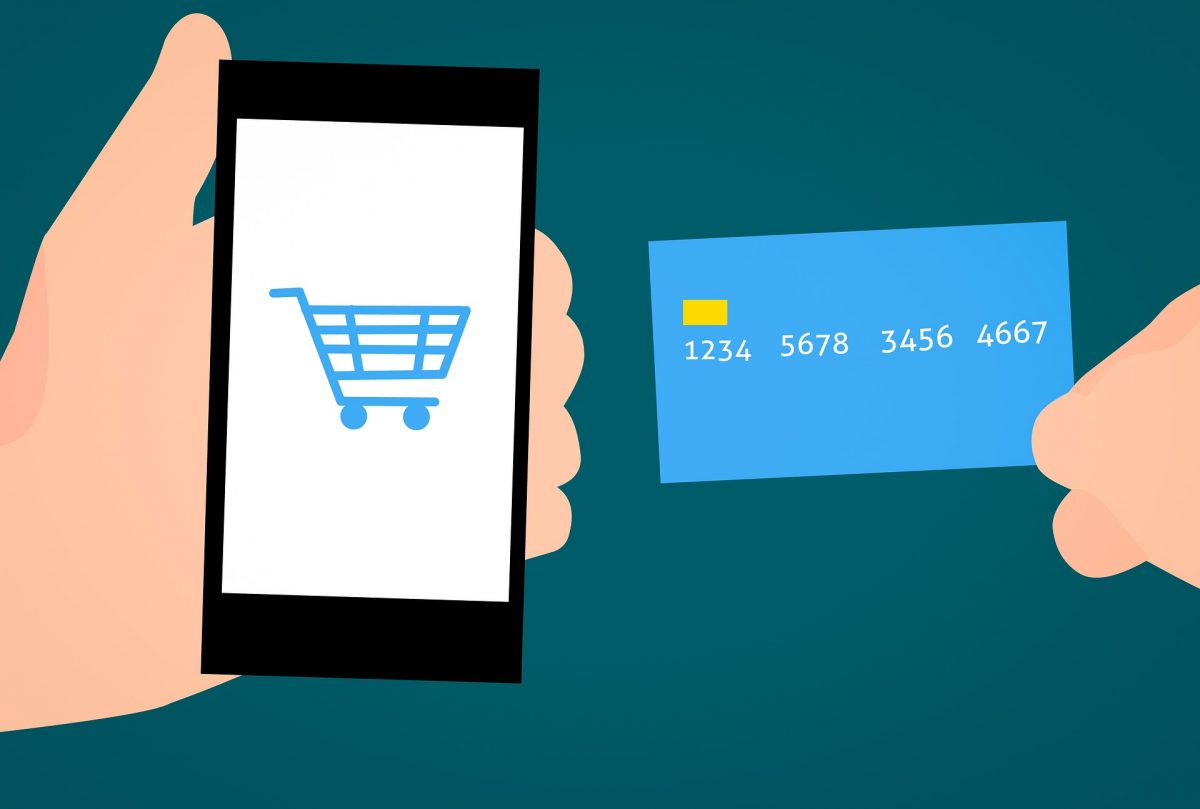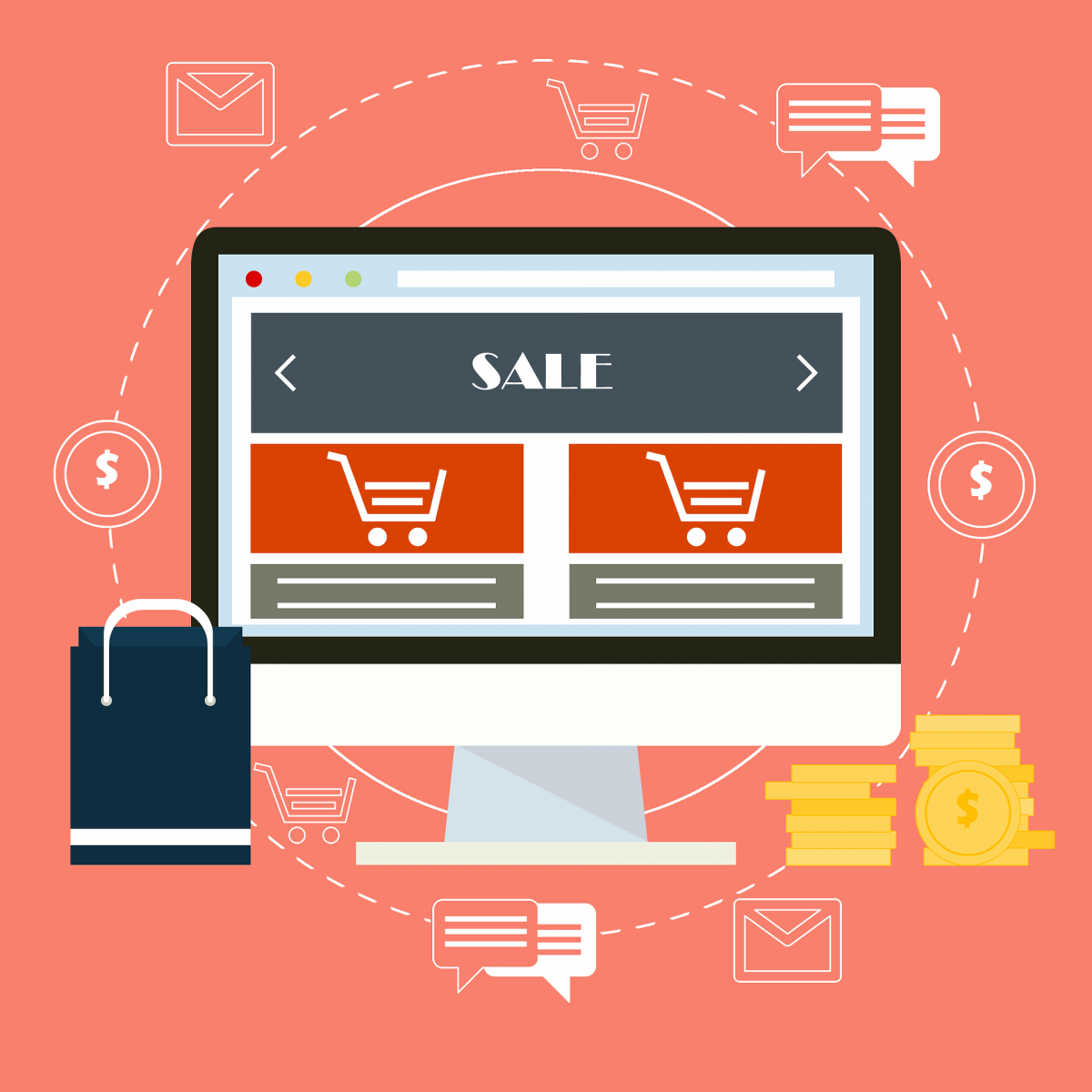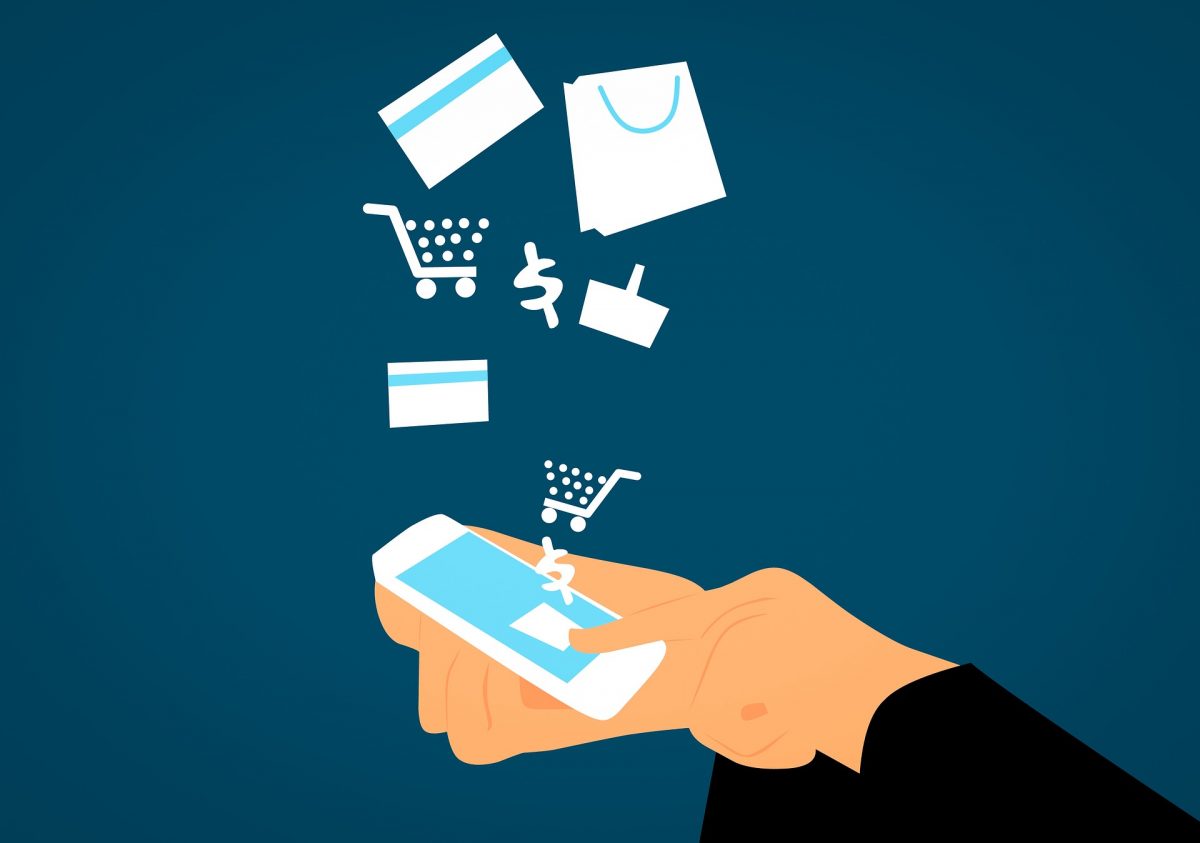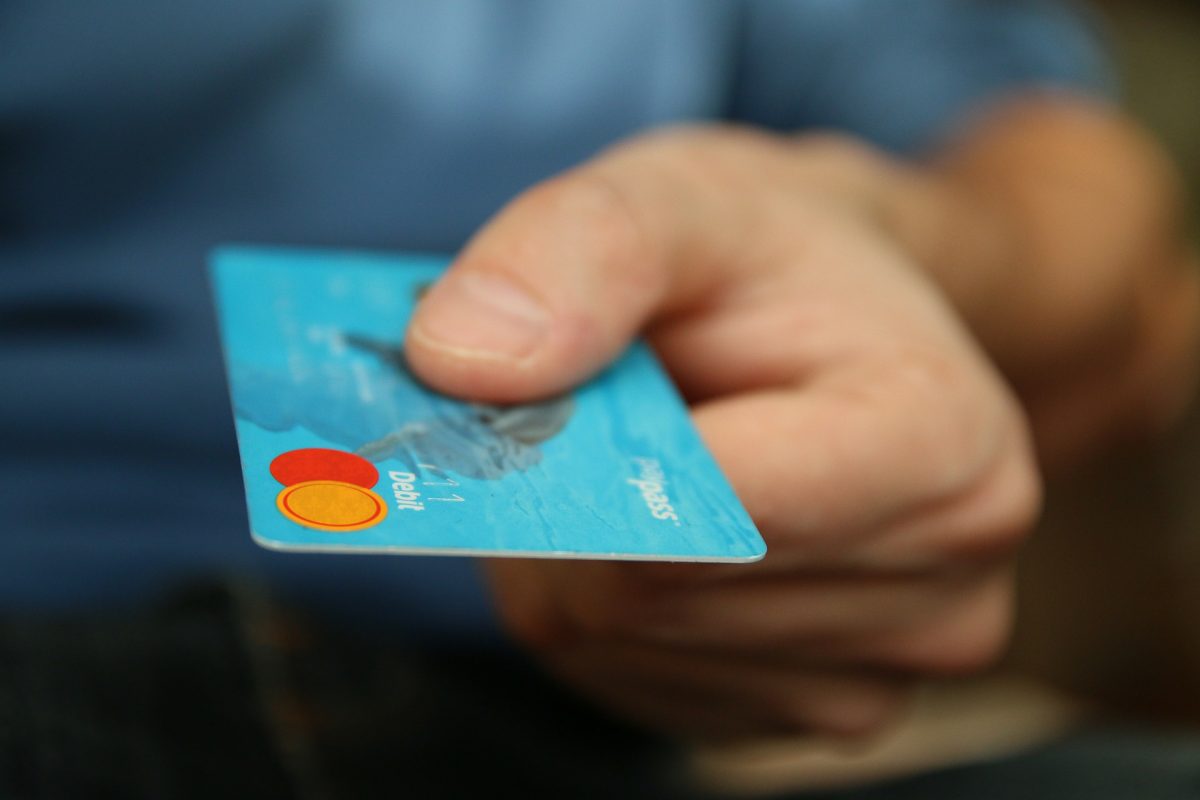Your business is running smoothly, sending out product after product. You finally begin reaping the benefits of years of hard work. All is well—until you receive yet another barrier to success: a chargeback. Chargebacks are one of the most detrimental occurrences to any business, and as an entrepreneur, you need to be wary about this especially in online platforms.
When you allow chargebacks to get out of control, your business suffers huge losses not just in profit, but reputation. If you wish to operate in the most profitable way possible, you need to ensure that your chargeback history remains untarnished.
To learn more about chargebacks and how to protect your business from their damaging effects, here is a quick guide to follow:
What are chargebacks?
Chargebacks are basically transactions that are disputed by the customers. Customers can dispute an item on their transaction reports or credit cards. When an item is successfully disputed, the seller can reverse the transaction and return the customer’s money.
Chargebacks are designed to protect customers from fraudulent transactions, but chargebacks can also be subject to abuse. Some customers relentlessly make use of chargebacks and cause losses to the company, which can especially hurt small businesses. Other times, clerical errors can also lead to chargebacks. These errors may seem inevitable, but there are ways for businesses to reduce the likelihood of having to deal with chargebacks.
How can I protect my business from chargebacks?
Given the detrimental costs associated with chargebacks, you need to ensure that your business remains protected from untoward chargebacks. Here’s what you can do:
1 – Ensure that your customer service remains topnotch
Your customers serve as your business’s source of life, so ensuring that they are satisfied with every aspect of your business is paramount to your survival. That said, ensure that they always have access to quality customer service. This includes making sure that return policies are clear during the transaction. Bear in mind that customers raising disputes are likely looking for solutions—most are prompted to initiate chargebacks due to unsatisfactory services.
2 – Enlist the help of an Address Verification Service (AVS)
Address Verification Services (AVS) can work to reduce fraudulent transactions. An AVS can identify suspicious transactions by checking for discrepancies in a customer’s name and address used in the transaction. It compares the customer’s details with the given data at the credit card company.
Should the AVS detect any discrepancy, it could be a sign for you to proceed with caution and ask for further information, or perhaps decline the transaction. If the information matches, however, it is likely that the transaction is valid.
3 – Always ask for CVV/CVC codes
Chargebacks are heavily shrouded in fraud, so to ensure that your business does not fall victim to such practices, require your customers to input CVV/CVC codes. These pertain to the 3 digital security codes on the backside of credit cards, which is particularly important for online shopping. By doing so, you ensure that the person using the card is indeed the owner, and not someone who has stolen the account number.
Keeping Your Business Secure
There’s no other way to place it—chargebacks can lead to major losses. If you own a relatively young business, this could lead to dire consequences, especially if you get caught in the chaos of fraudulent sellers. That said, you need to ensure that you protect not only revenue but your reputation. Make sure to keep this guide in mind when dealing with customers and remember that chargebacks are much better off prevented.
If you wish to build a payment system that delivers and protects, Payment Page is the place to go. We offer you a WordPress plugin that creates a hosted payment page, integrated heavily with the ever-reliable Stripe. Build and protect your business by offering better payment options—reach out today.







